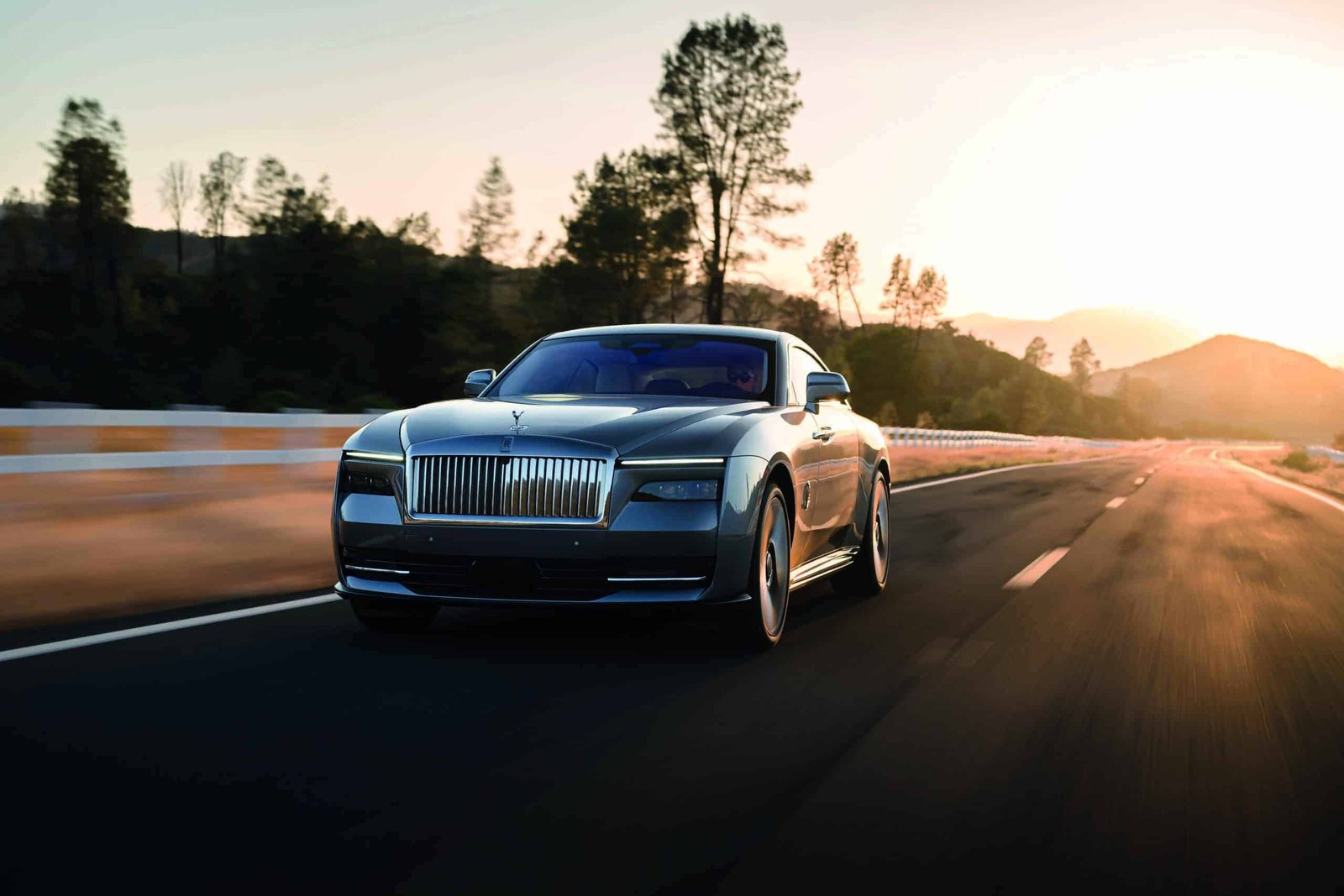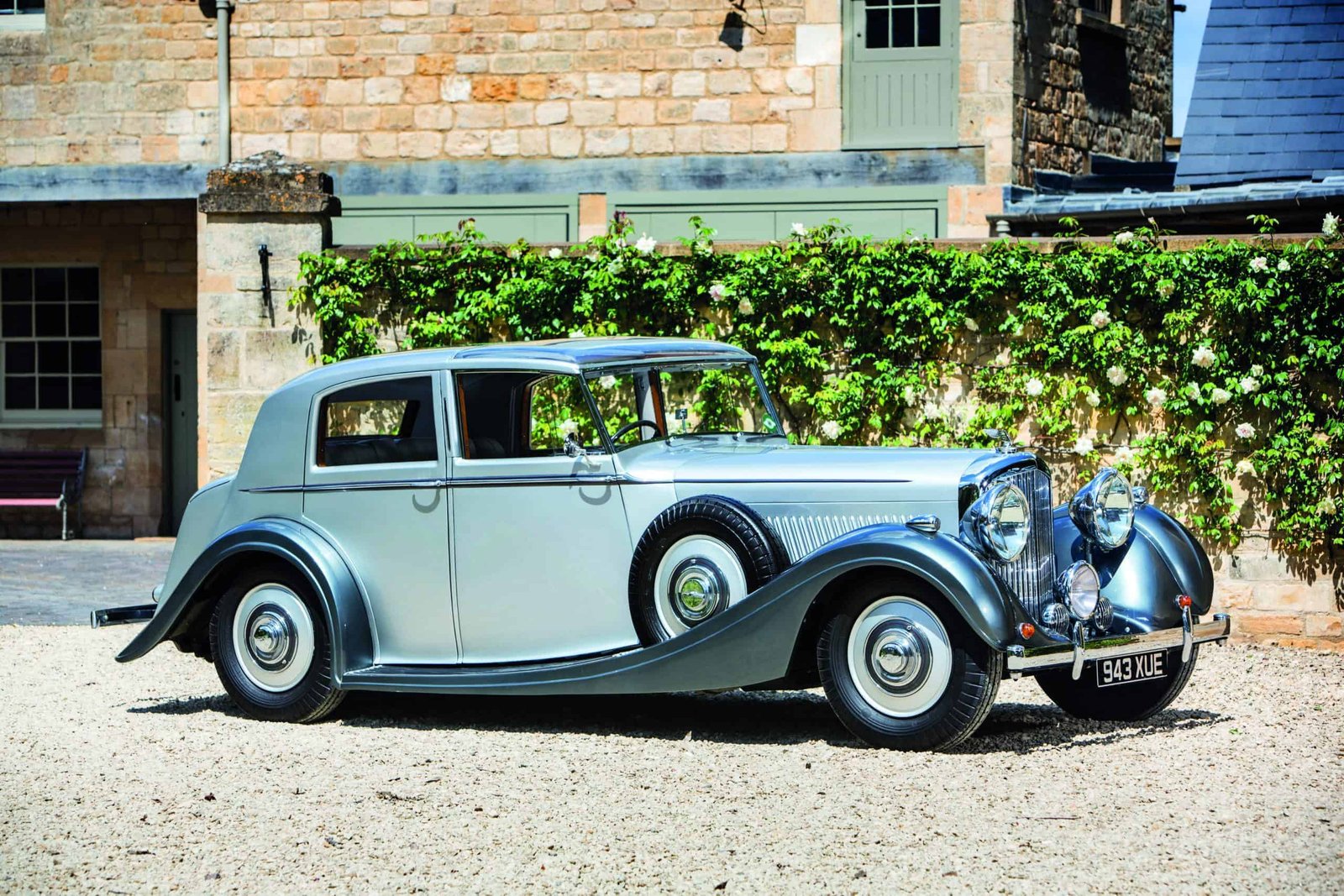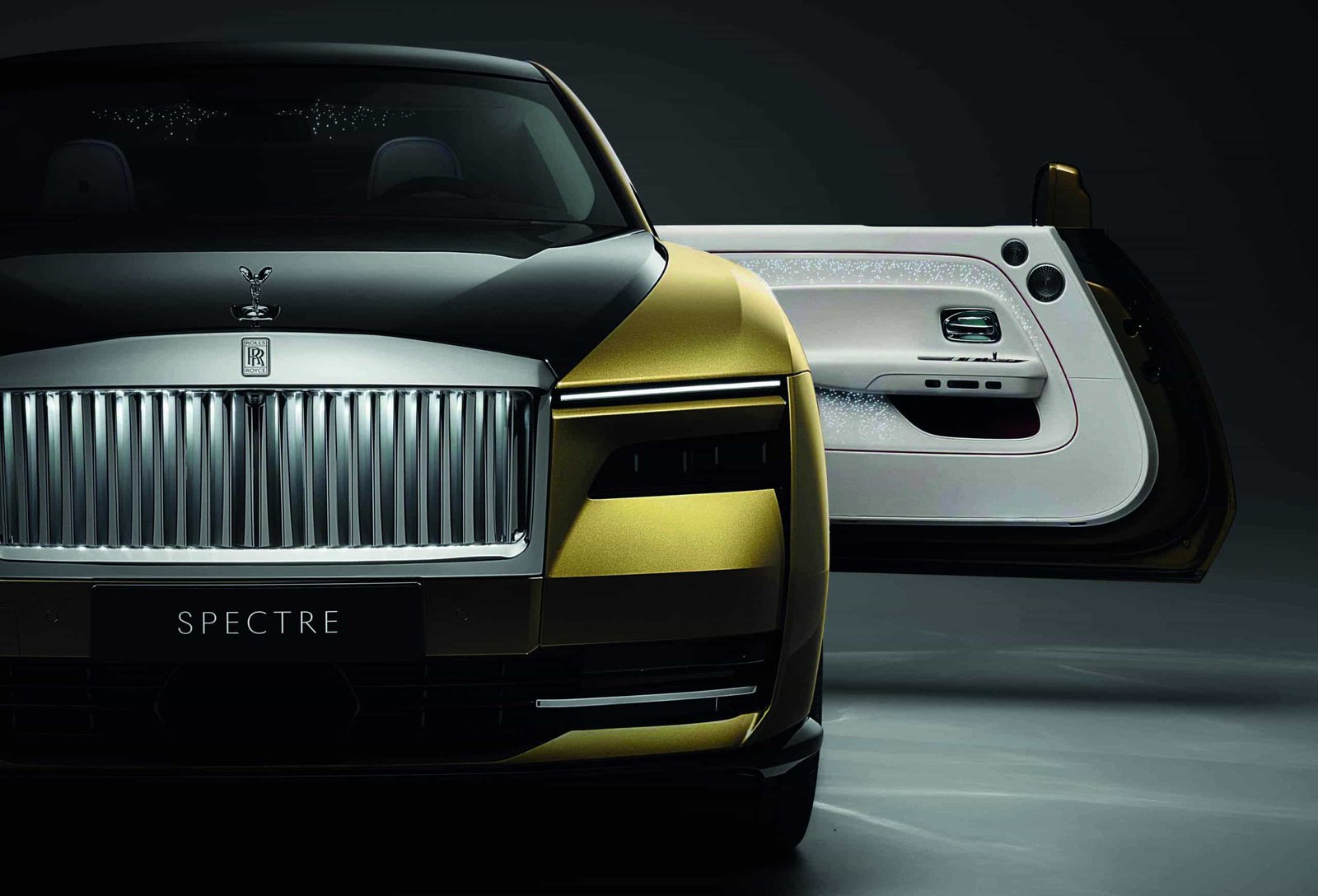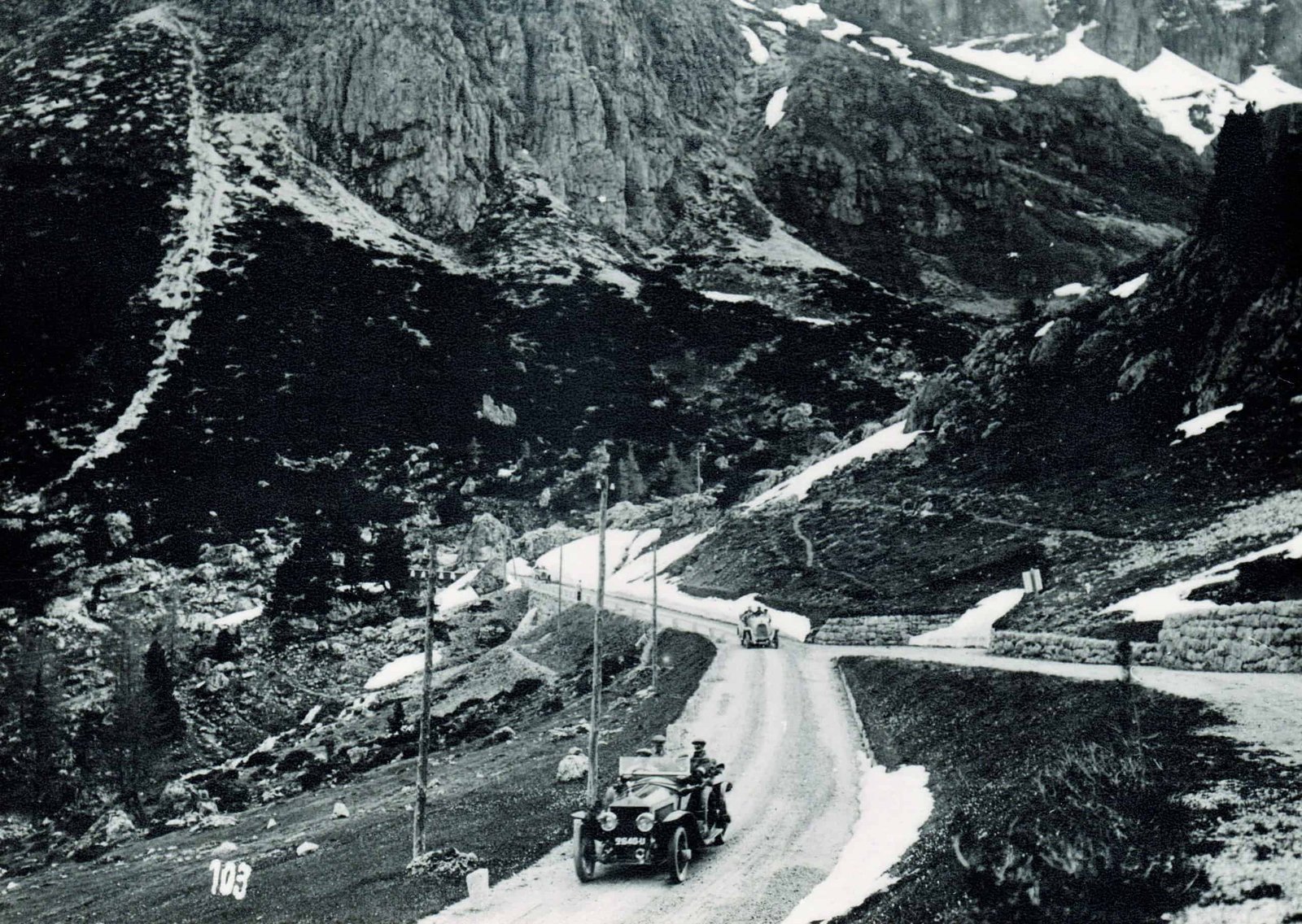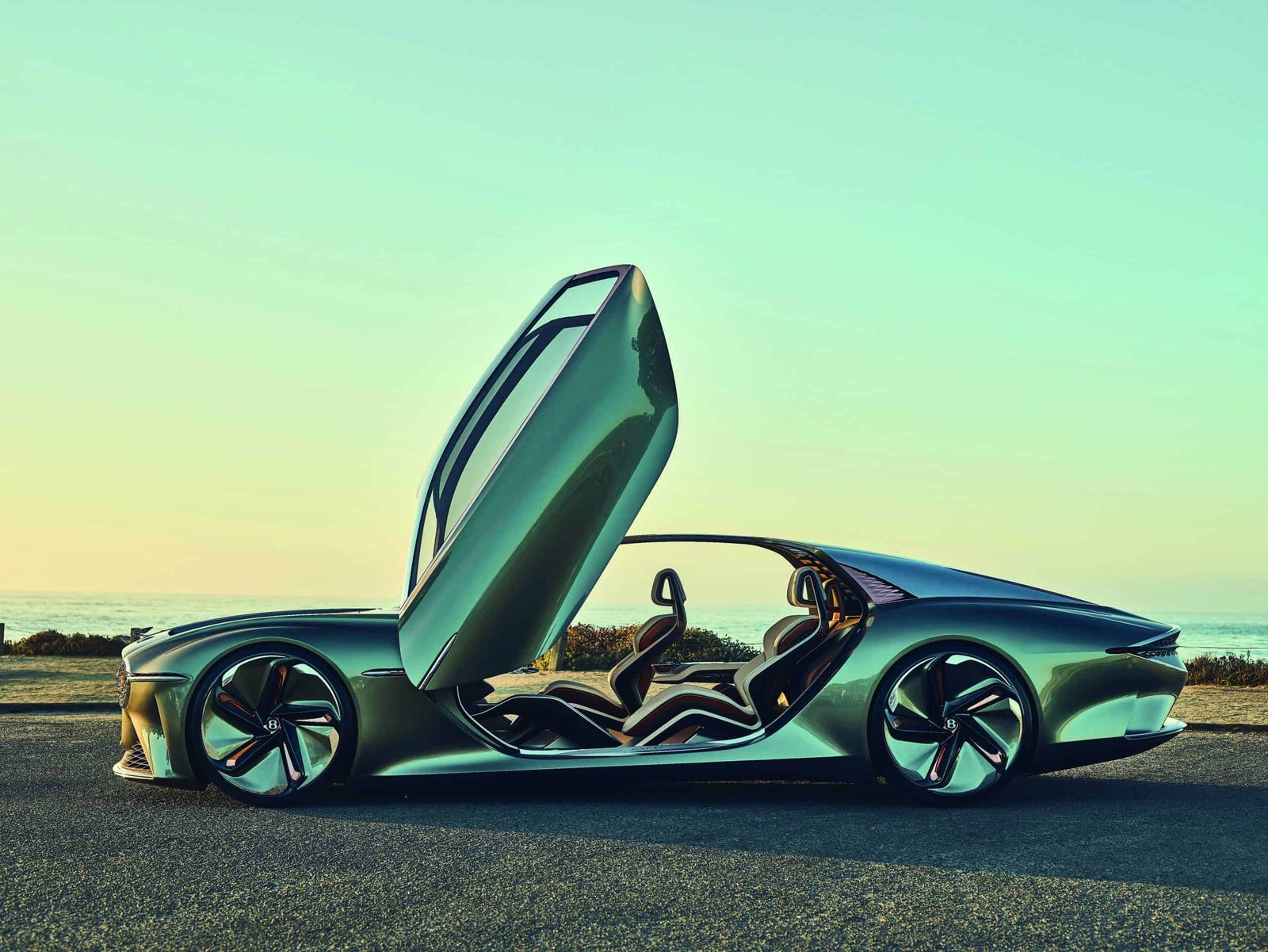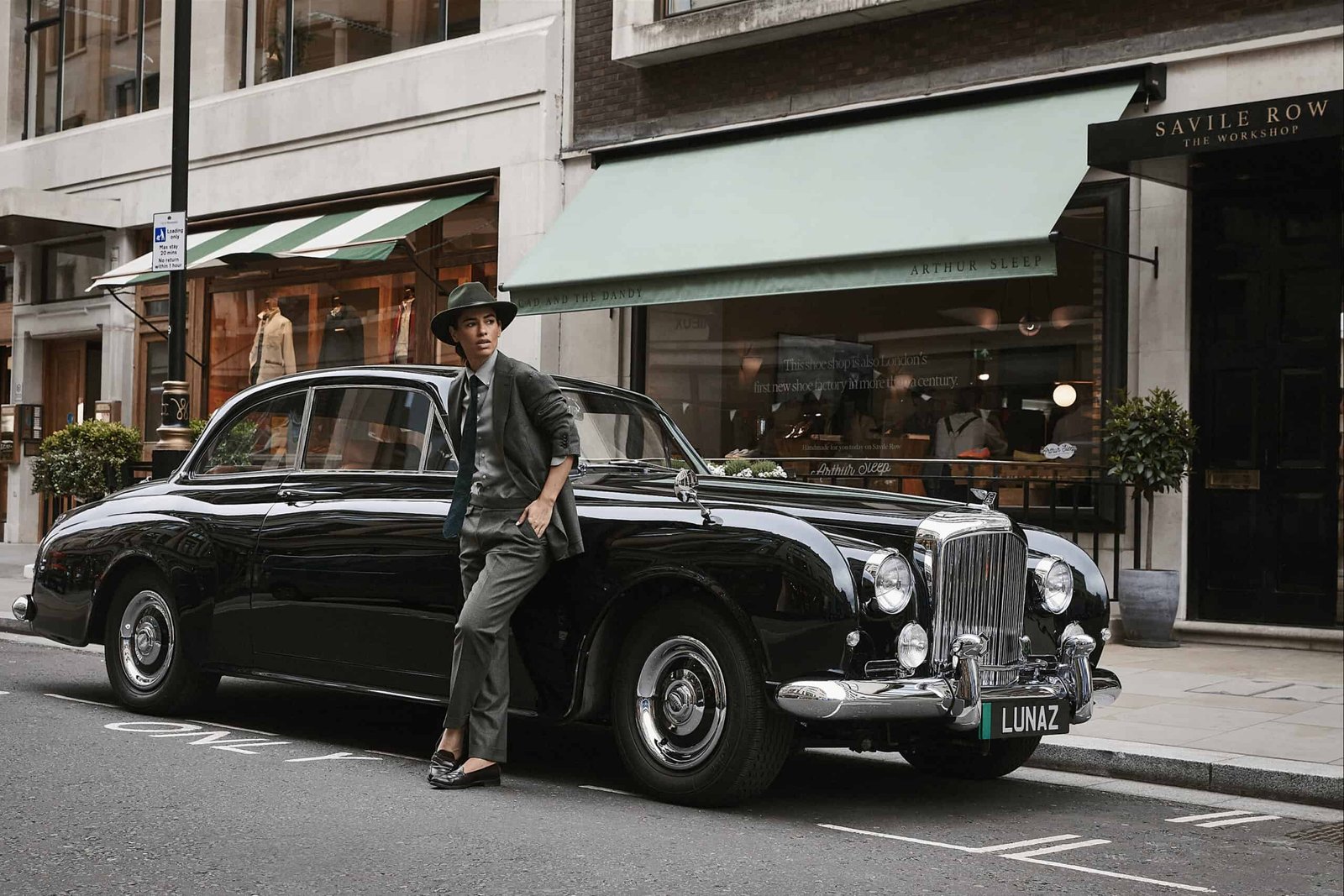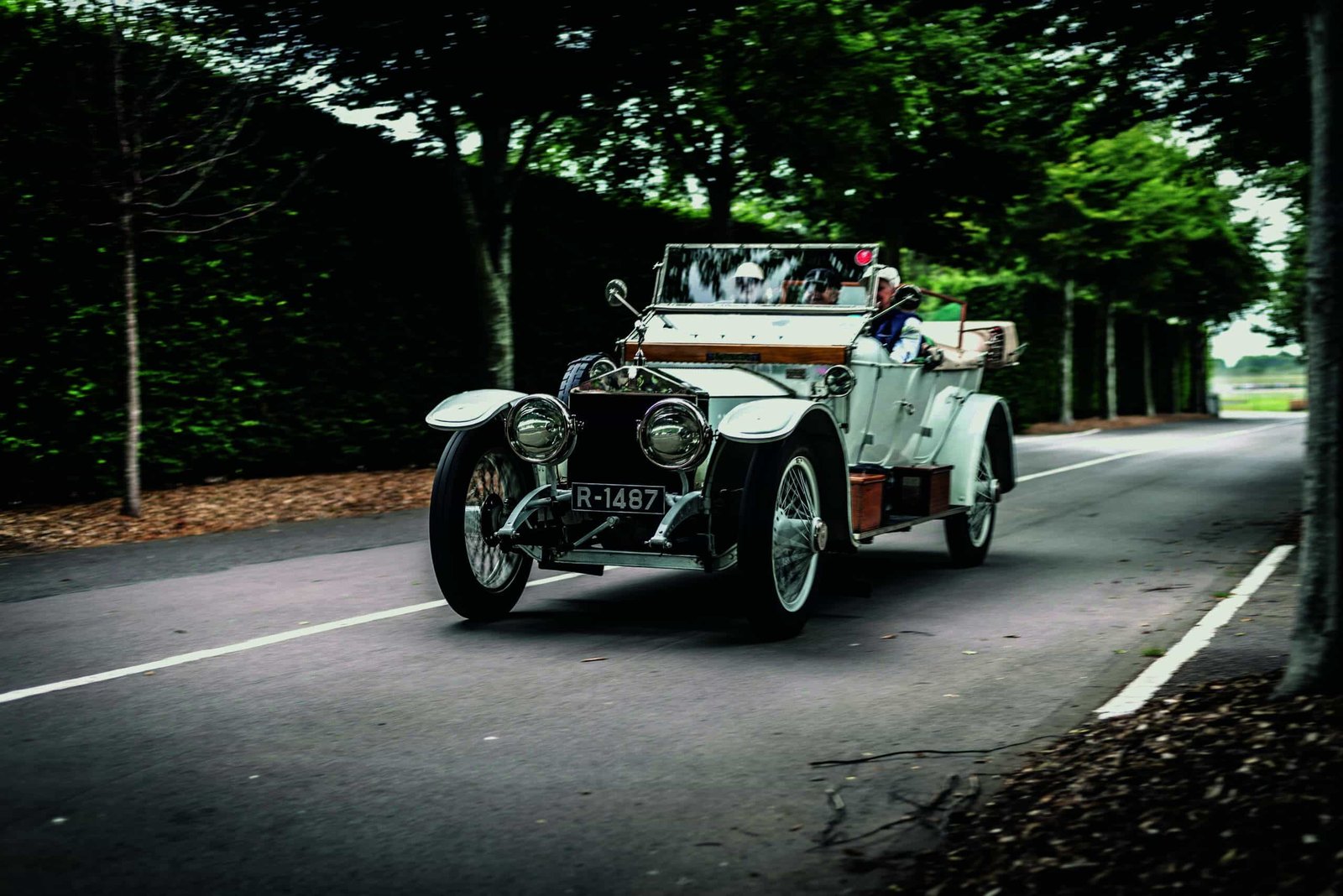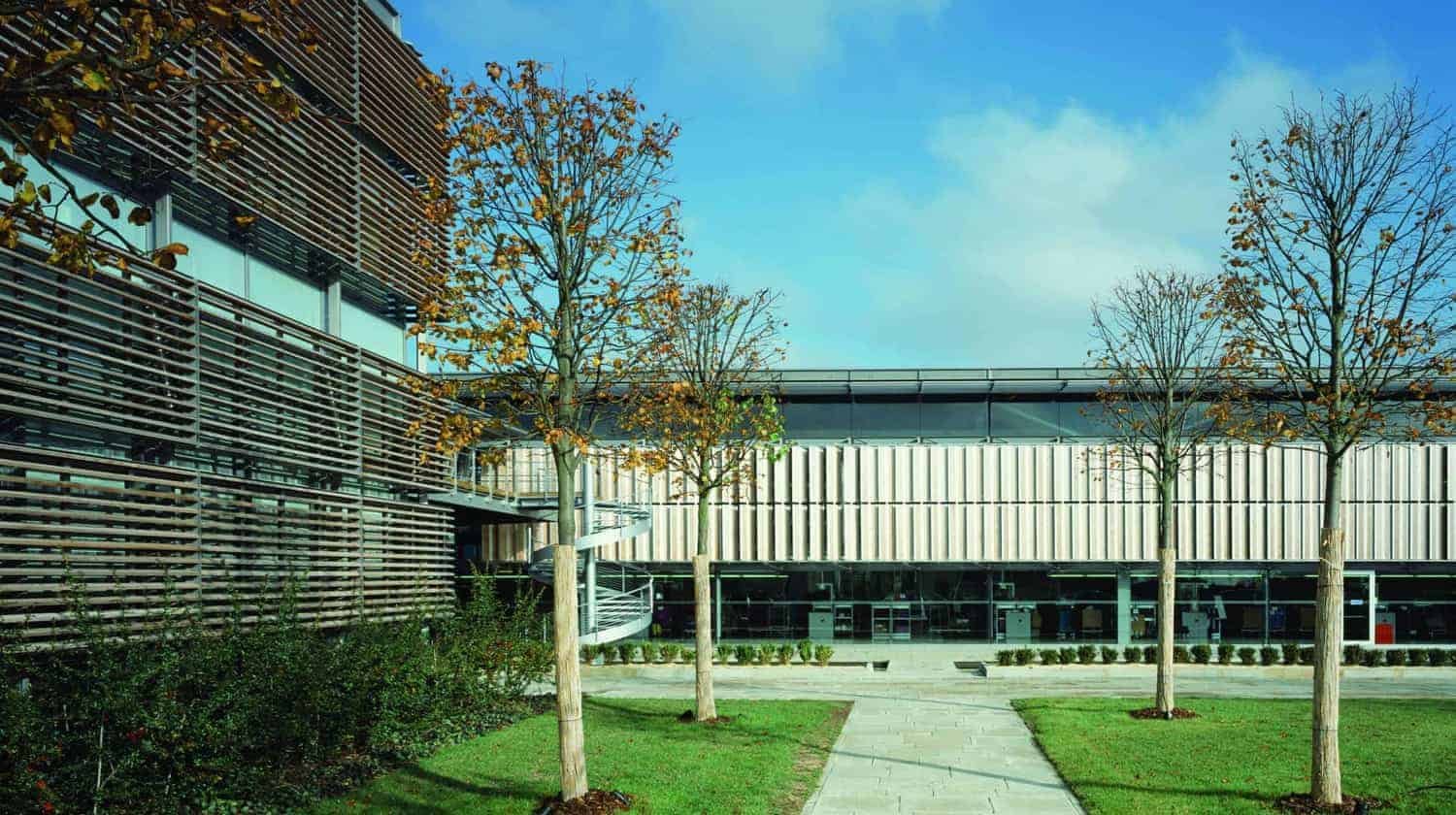How it all began
From the 1980s onwards, more stringent safety and environmental standards meant ever-increasing costs for car manufacturers. They sought to mitigate these by entering into co-operation and joint ventures, particularly in their research and development efforts.
BMW was already a long-standing partner of the then similarly named but entirely separate Rolls-Royce plc, with their joint-operated plant – BMW Rolls-Royce Aero Engines GmbH (BRR) – building medium-sized jet engines in Dahlewitz, Germany, on the outskirts of Berlin.
During the 1990s, BMW became an increasingly important development partner for Rolls-Royce Motors Ltd at Crewe. From the beginning of this partnership, BMW expressed its interest in establishing an even closer relationship, with the aim of a complete takeover at a later date, should such a possibility ever be considered. Indeed, as early as 1990, BMW had already made an initial offer, but this had been rejected by Vickers plc, the main shareholder of Rolls-Royce Motors. The timing, it would seem, was not quite right.
In December 1994, an agreement was reached for the delivery of complete BMW V12 and V8 engines, as well as other components such as onboard electronic devices, airbag technology and air-conditioning units. These were for the new Rolls-Royce Silver Seraph and Bentley Arnage model ranges, due for launch at the Geneva Motor Show in March 1998.
Then, in October 1997, Vickers announced its intention to sell. BMW confirmed its interest and tabled an offer, which Vickers accepted, thereby acquiring the “rights to the brand Rolls-Royce for automotive business”. However, later that same year, Volkswagen Group also placed an offer, eventually leading to its takeover of the entire Crewe premises, together with the Bentley brand.
As a consequence, 72 years after their 1931 merger, Rolls-Royce and Bentley became legally separated once more. Recent history tells us that this was in fact to the benefit of the individual development of both marques, in line with their distinct brand values.
Following the famous “Memorandum of Understanding” reached by Rolls-Royce plc, BMW Group and Volkswagen Group, BMW held the aforementioned press conference in London to formally announce its acquisition of the Rolls-Royce brand.
BMW’s first task was to find a suitable location for an all-new global head office and Centre of Luxury Manufacturing Excellence – what would become the home of Rolls-Royce. It also had to recruit a skilled, highly trained workforce and, most important of all, ensure a prosperous, secure and profitable future for Rolls-Royce Motor Cars by developing new products that delivered a contemporary interpretation of its traditional values.
A so-called “transition period” of five years was agreed, allowing BMW the time it needed to address these challenges. In the meantime, the now Volkswagen-owned Crewe company was “licensed free of charge” by BMW to continue manufacturing Rolls-Royce products and marketing the brand until 31 December 2002. This avoided its disappearance from the international market, in the interest of customers and dealers worldwide.



